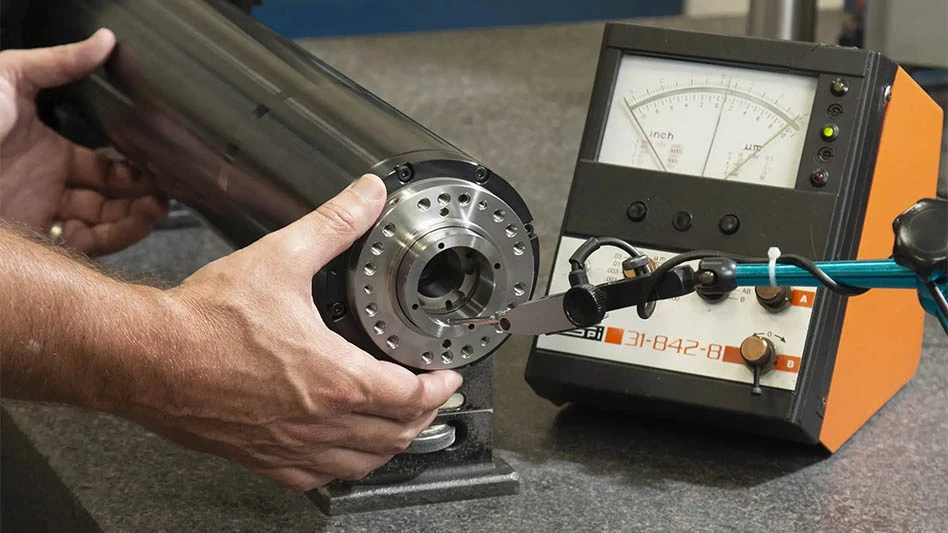
United Launch Alliance
United Launch Alliance (ULA) marked the beginning of a new era of space capabilities with the successful launch of its next generation Vulcan rocket on Jan. 8, 2024 at 2:18 a.m. EST from Space Launch Complex-41 at Cape Canaveral Space Force Station. The Vulcan rocket replaces ULA’s Atlas V booster for many missions.
Tory Bruno, ULA's president and CEO, said, "Vulcan will provide high performance and affordability while continuing to deliver our superior reliability and orbital precision for all of our customers across the national security, civil, and commercial markets. Vulcan continues the legacy of Atlas as the world's only high energy architecture rocket."
Vulcan continues to use the high-energy Centaur upper stage, which offers endurance to enable complex orbital insertions.
Mark Peller, vice president of Vulcan Development, added, "Vulcan's purpose-built design leverages the best of what we've learned from more than 120 combined years of launch experience with Atlas and Delta, ultimately advancing our nation's space capability and providing unprecedented mission flexibility."
The first certification flight (Cert-1) mission included two payloads: Astrobotic's first Peregrine Lunar Lander, Peregrine Mission One (PM1), as part of NASA's Commercial Lunar Payload Services (CLPS) initiative to deliver science and technology to the lunar surface, and the Celestis Memorial Spaceflights deep space Voyager mission, the Enterprise Flight.
The Cert-1 mission is the first of two certification flights required for the U.S. Space Force's certification process. The second certification mission (Cert-2) is planned for a few months later.
ULA has sold more than 70 Vulcan launches to date, including 38 missions for Amazon's Project Kuiper and multiple national security space launch missions.
Bruno said the team will continue to work toward a future bi-weekly launch rate to meet customers' manifest requirements, while continuing to develop future Vulcan upgrades including SMART reuse plans for downrange, non-propulsive recovery of Vulcan engines.
Astrobotic’s Peregrine lander, the first U.S. private robotic Artemis flight to the moon, is carrying five NASA science and research payloads to study the lunar exosphere, thermal properties of the lunar regolith, hydrogen abundances in the soil at the landing site, and conduct radiation environment monitoring.
Peregrine is scheduled to land on the moon on Friday, Feb. 23, to spend approximately 10 days gathering scientific data. However, hours after launch, a failure within the Peregrine’s propulsion system was causing a critical loss of propellant that jeopardized its mission.
Latest from Aerospace Manufacturing and Design
- 256-piece general maintenance tool kit
- JetZero all-wing airplane demonstrator achieves milestones
- Cermet indexable inserts for medium turning operations
- Trelleborg acquires Aero-Plastics
- Industrial automation products, enclosed encoders
- #61 - Manufacturing Matters: CMMC roll out: When do I need to comply?
- AIX shows aircraft interiors are a strategic priority for global airlines
- Machine Tool Builders Roundtable: Turn equipment into expertise





